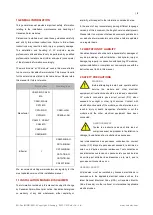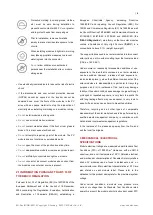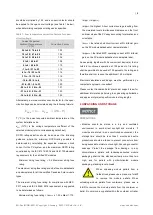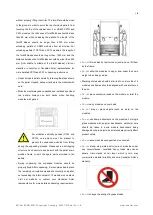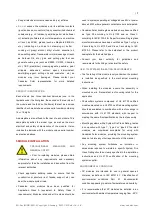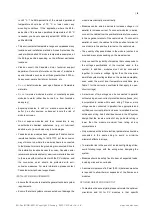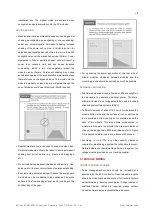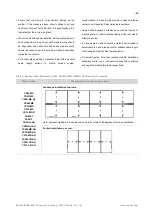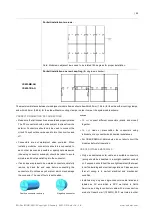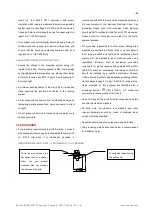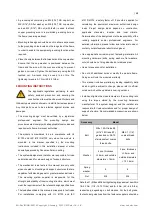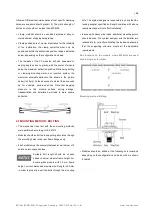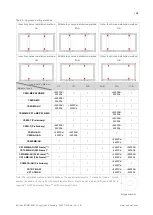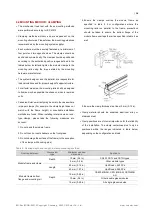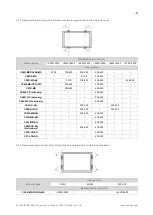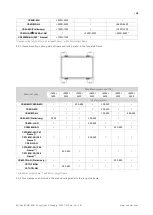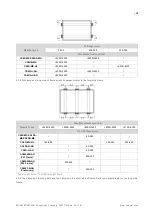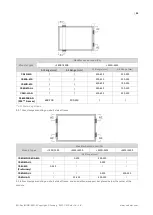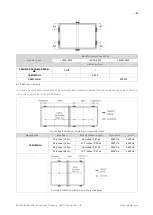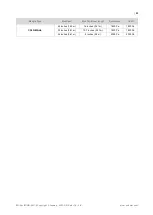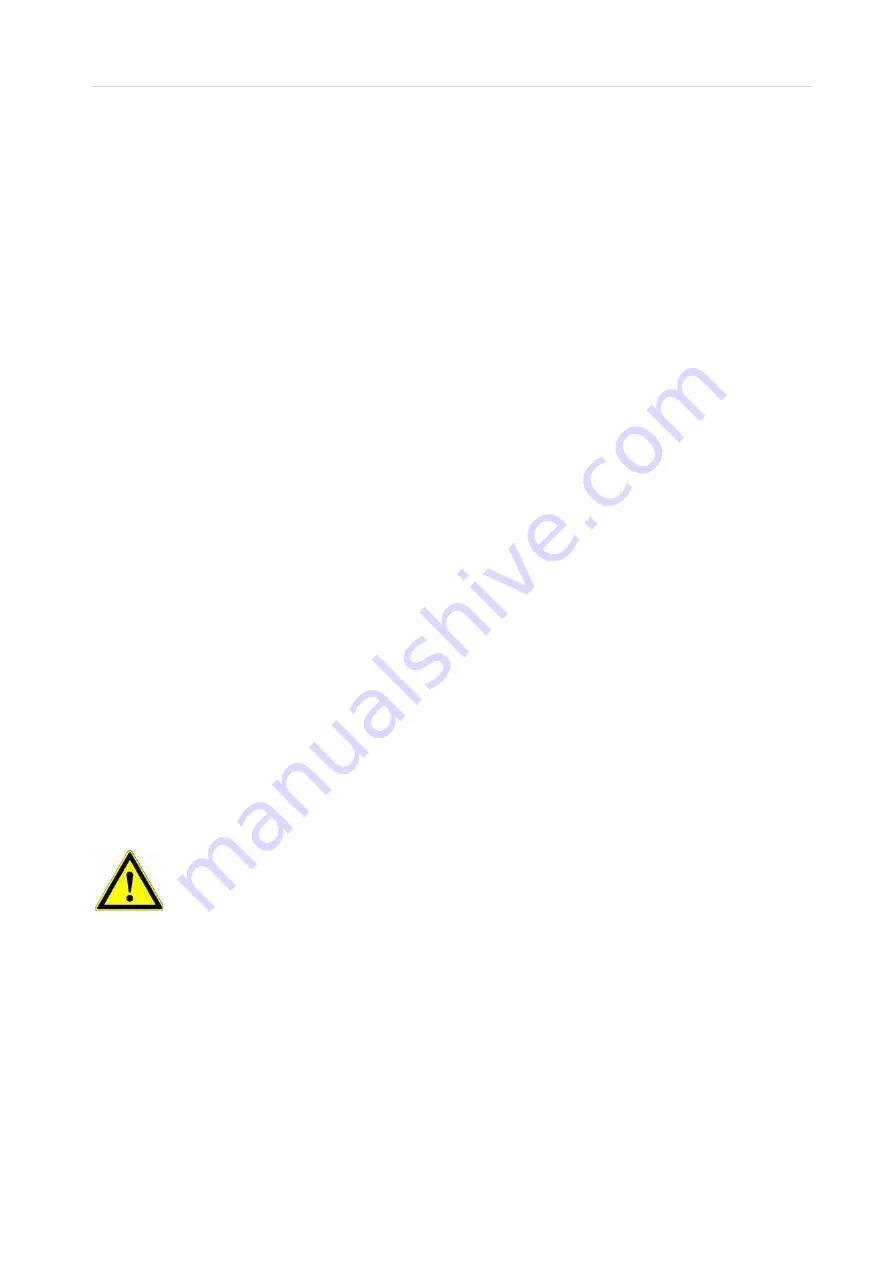
| 7
EN-Rev IM/GN-EN/1.0 Copyright © January, 2023. CSI Solar Co., Ltd.
Keep all electrical contacts clean and dry at all times.
Do not
expose the modules and its electrical contacts
(junction boxes, connectors) to any unauthorized chemical
substance (e.g. oil, lubricant, pesticide, petrol, white flower
oil, activating collaterals oil, mold temperature oil, machine
oil (such as KV46), grease (such as Molykote EM-SOL,
etc.), lubricating oil, anti-rust oil, stamping oil, butter
,
cooking oil, propyl alcohol, ethyl alcohol, essential oil,
bone-setting water, Tianna water, mold release agent (such
as Pelicoat S-6, etc.), glue and potting glue that can
generate oxime gas (such as KE200, CX-200, Chemlok,
etc.), TBP (plasticizer), cleaning agents, pesticide, paint
strippers, adhesives, antirust agent, disincrustant,
emulsifying agent, cutting oils and cosmetics, etc.) as
modules may incur damages. Please contact your
Canadian Solar representative for more detailed
requirements.
PRODUCT IDENTIFICATION
Each module has three identical barcodes (one in the
laminate under the front glass, the second on the rear side of
the module and the third on the frame) that act as a unique
identifier. Each module has a unique serial number containing
14 or 16 digits.
A nameplate is also affixed to the rear of each module. This
nameplate specifies the model type, as well as the main
electrical and safety characteristics of the module. It also
includes the barcode with the module unique serial number
as mentioned above.
5 MODULE INSTALLATION
PRECAUTIONARY
MEASURES
AND
GENERAL SAFETY
Prior to installing modules, please obtain
information about any requirements and necessary
approvals for the site, installation and inspection from the
relevant authorities.
Check applicable building codes to ensure that the
construction or structure (roof, facade, support, etc.) can
bear the module system load.
Canadian solar modules have been qualified for
Application Class A (equivalent to Safety Class II
requirements). Modules rated under this class should be
used in systems operating at voltage above 50V or power
above 240W, where general contact access is anticipated.
Canadian Solar double glass modules have been certified
as Type 29 according to UL 61730 and as Class C
according to IEC 61730-2 for fire performance. Single glass
monofacial modules have been certified as Type 1 or Type
2 according to UL 61730 and Class C according to IEC
61730-2. Please refer to the datasheet or the product
nameplate for the detailed types.
Consult your local authority for guidelines and
requirements for building or structural fire safety.
UL 61730 SYSTEM FIRE RATING REQUIREMENTS
The fire rating of this module is only valid when the product
is installed as specified in the mechanical mounting
instructions.
When installing the modules, ensure the assembly is
mounted over a fire-resistant roof covering rated for the
application.
Photovoltaic systems composed of UL 61730 certified
modules mounted on a UL 2703 certified mounting system
should be evaluated in combination with roof coverings in
accordance with UL 61730 standard, with respect to
meeting the same fire classification as the roof assembly.
Mounting systems with a System Fire Class Rating, tested
in conjunction with ‘type 1’, ‘type 2’ or ‘type 29’ fire rated
modules, are considered acceptable for using with
Canadian Solar modules, providing the mounting system
does not violate any other requirements of this manual.
Any mounting system limitations on inclination or
accessories required to maintain a specific System Fire
Class Rating should be clearly specified in the installation
instructions and UL 2703 certification of the mounting
system supplier.
ENVIRONMENTAL CONDITIONS
PV modules are intended for use in general open-air
climates, as defined in IEC 60721-2-1: Classification of
environmental conditions Part 2-1: Environmental
conditions appearing in nature-Temperature and humidity.
It is recommended that PV modules be installed in an
environment with ambient temperature ranging from -40 °C



